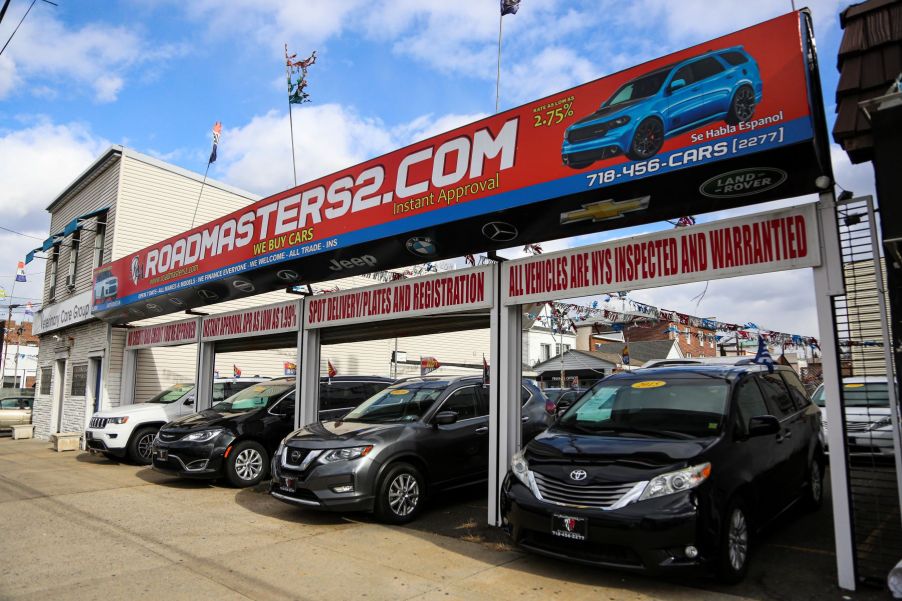
What Car Sales Could Reportedly Look Like in 2022
The year 2021 was one that most consumers would rather forget due to the skyrocketing prices. Car buying, in general, was hectic for both the used and new vehicle markets. With lower inventory to choose from, it made it difficult to get a good deal. So, how have car sales changed since the start of the pandemic? Let’s take a look and see how coronavirus (COVID-19) affected the automotive industry and where we could see things going this year.
Changes in car sales since the pandemic

The pandemic slowed vehicle assembly down significantly for automotive manufacturers, including parts production. The biggest hindrance was the chip shortages, which put many automotive models on standby while waiting for supplies to roll in. Some models weren’t even produced because automakers prioritized which ones they would focus on with the parts inventory they had.
Most brands spent the rest of 2020 and 2021 trying to play catch up with their vehicles. In fact, according to NBC News, an estimated $210 billion in sales was lost for just the year 2021. Chip shortages did bounce back, though, and started to return to normal, but unfortunately, it’s still a ways off. Other products were also affected, including tires, seat foam materials, and interior plastic pieces.
Predictions for car-buying trends in 2022
Experts predict that the shortages will continue to a point, and production will be affected by the lack of parts well into 2022, possibly into 2023. That’s not good news for car sales since it’s estimated that 8 million fewer vehicles were produced last year than what was projected. If shortages continue, we won’t see many new cars come off production lines this year either.
Online purchases have grown since the pandemic started. Consumers couldn’t get to the dealerships to try out or look at cars due to lockdowns in some areas. Also, some prospective owners were just concerned about staying healthy and didn’t want to go out until case numbers were more under control. So, dealers decided to bring the car buying process to the potential buyers.
This happened through dealership websites. Buyers could look vehicles over, schedule test drives, and begin the application process, all online, without going anywhere. Dealers would simply bring the car to the consumer. Online sales definitely has its advantages.
Electric vehicle sales are expected to rise this year. In 2021, battery-electric cars doubled in popularity. This year will probably do the same, especially since Joe Biden calls for EV purchases to be at least 50 percent of automotive sales by 2030.
Where will car sales take us in 2022?
It seems likely we could see Level 3 self-driving technology soon. General Motors (GM) is close to sending out hands-free versions of some of its models. Mercedes-Benz is also on the edge of rolling out its version as well. Waymo and Cruise have been busy developing a ride-sharing program with automated vehicles and cargo hauling ones.
On a more somber note, though, some startups, thought to be promising, could fall away this year, according to NBC News. Lordstown Motors, Byton, and Faraday Future are some automotive companies struggling this past year, so it won’t be surprising if each one ends up falling by the end of 2022. Bollinger has already canceled its all-electric consumer models and is shifting its focus to commercial vehicles.
While shortages are likely to continue, 2022 still looks to be an exciting year for car sales. Hopefully, we’ll see more vehicles coming off production lines complete and ready for buyers by the end of the year, so prices for new cars can start coming down.


